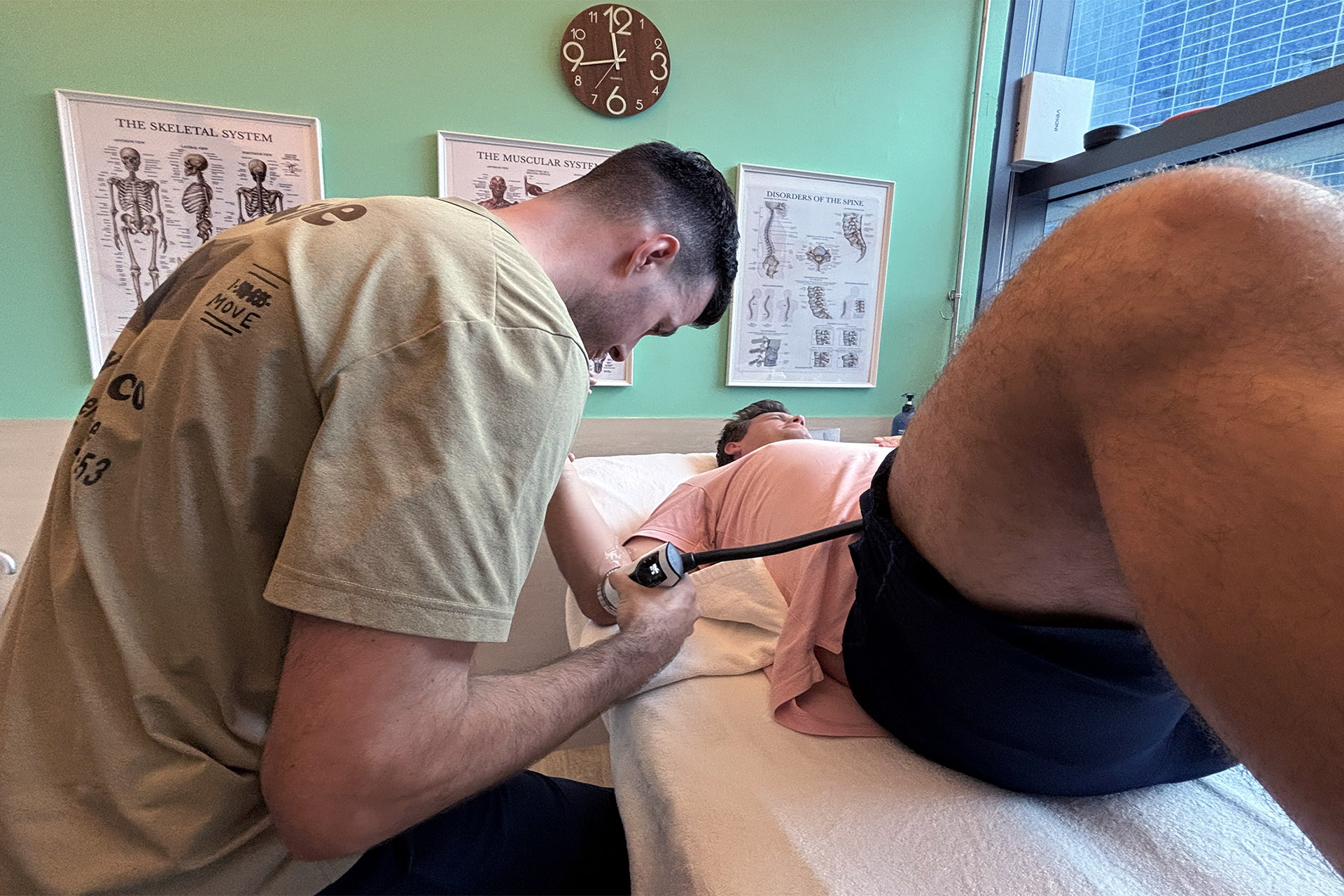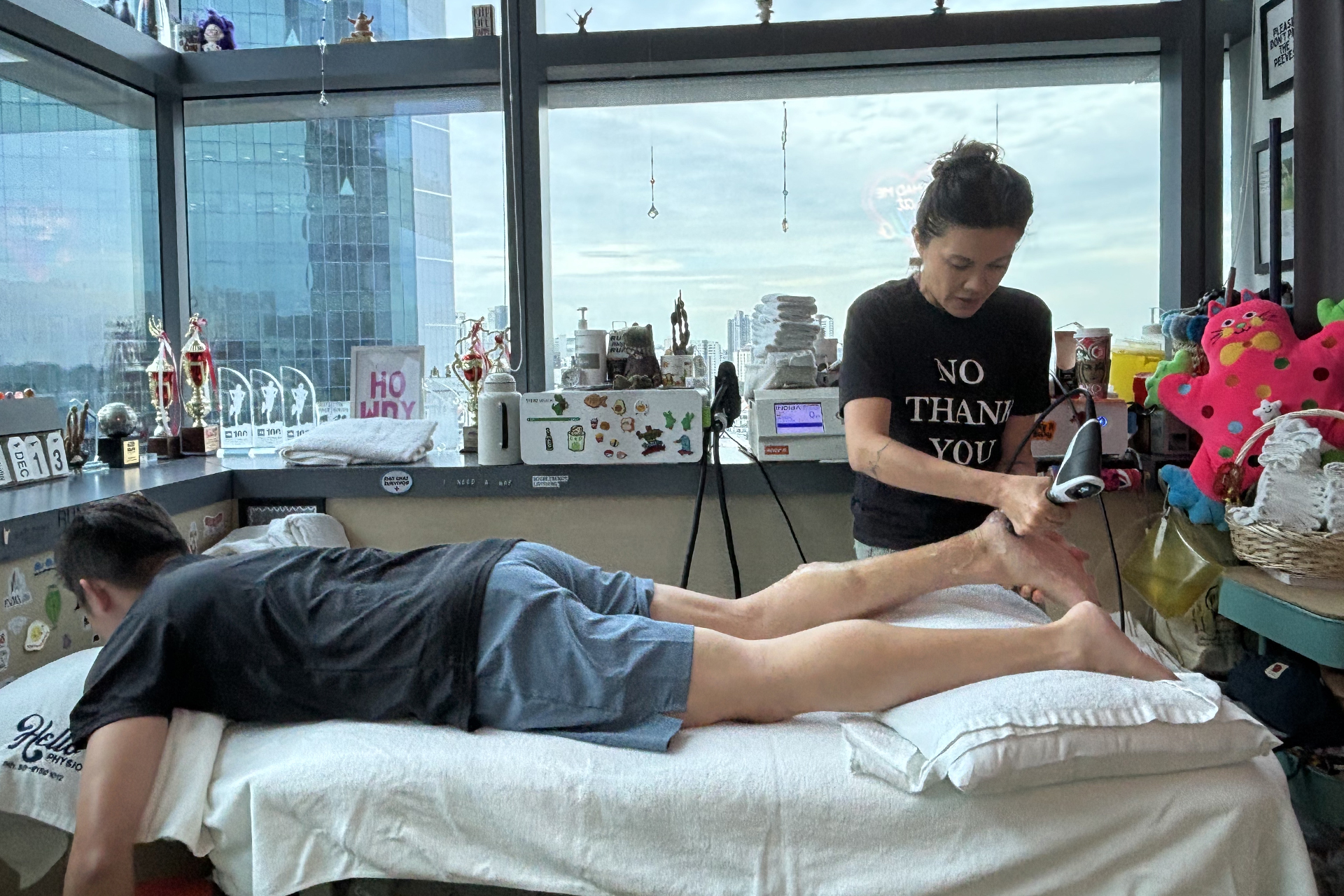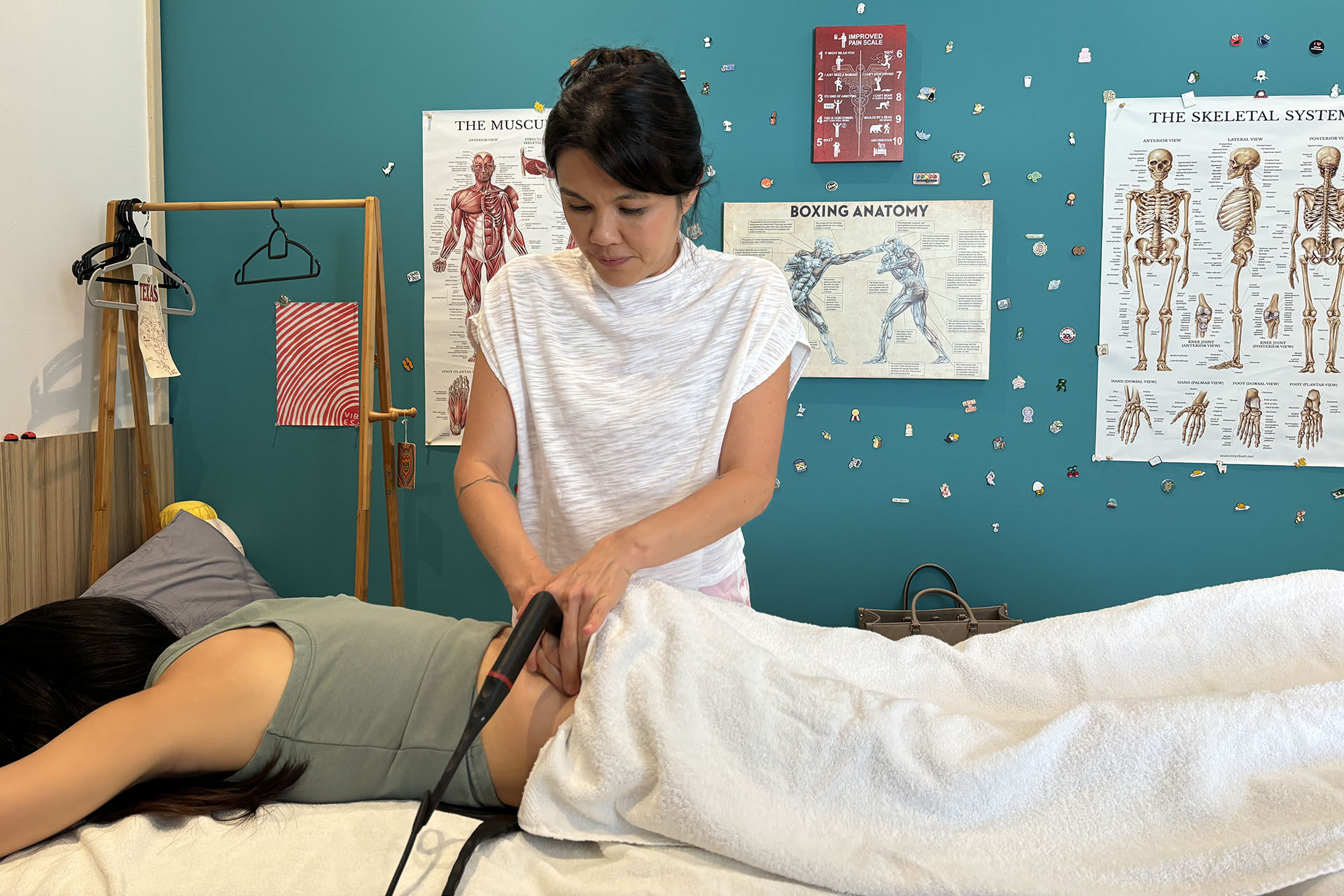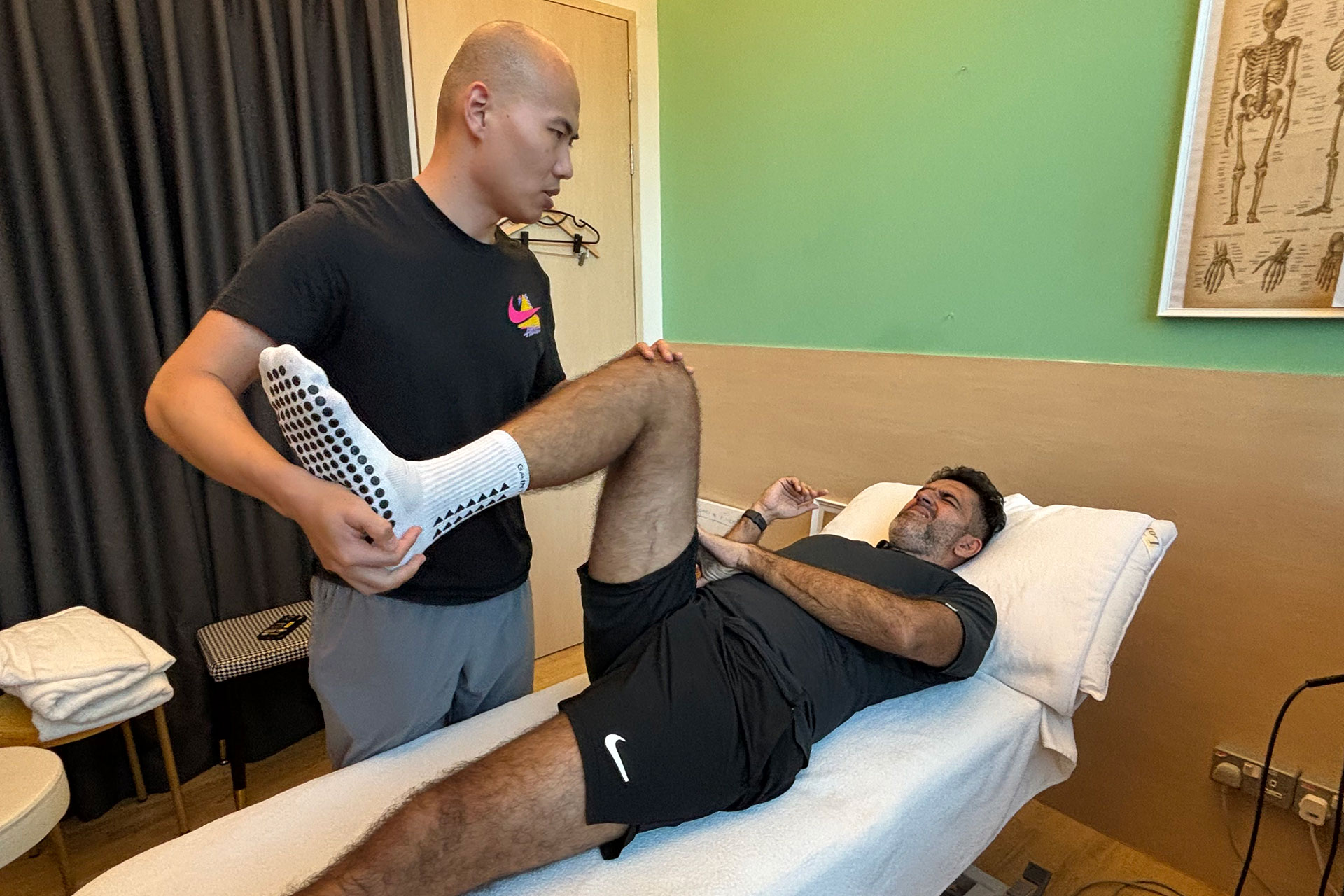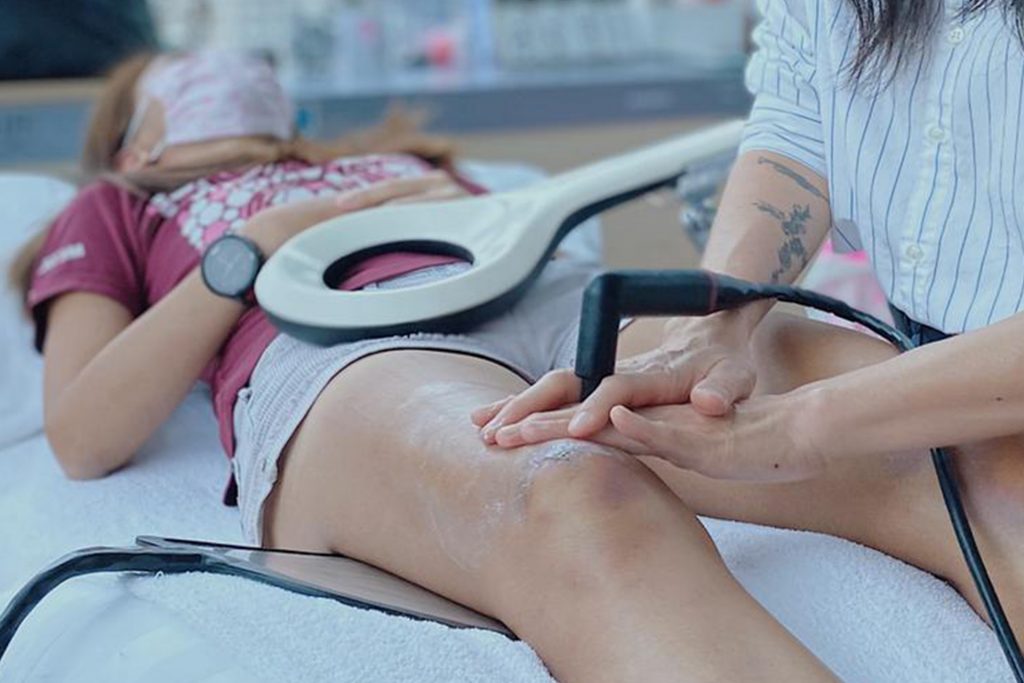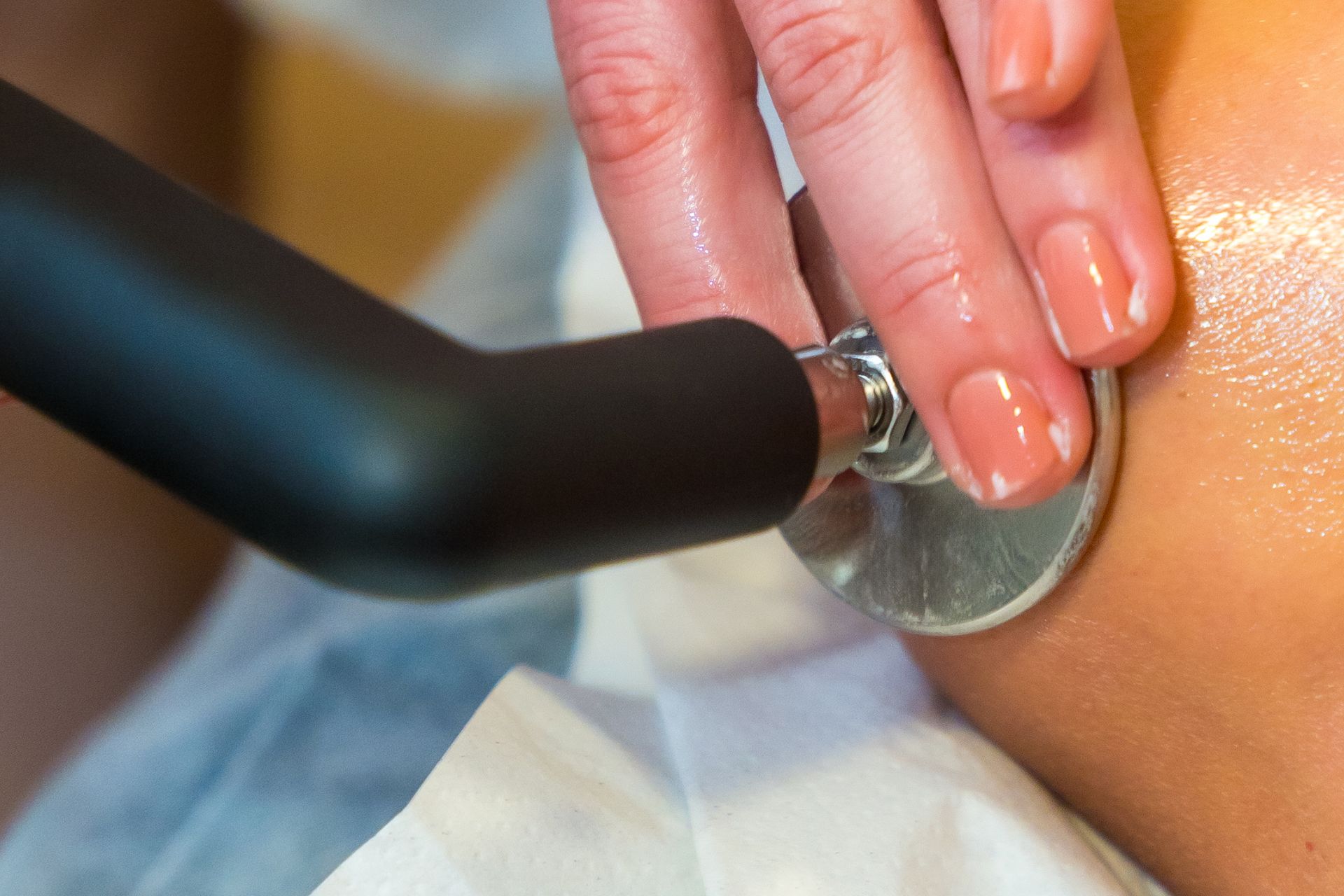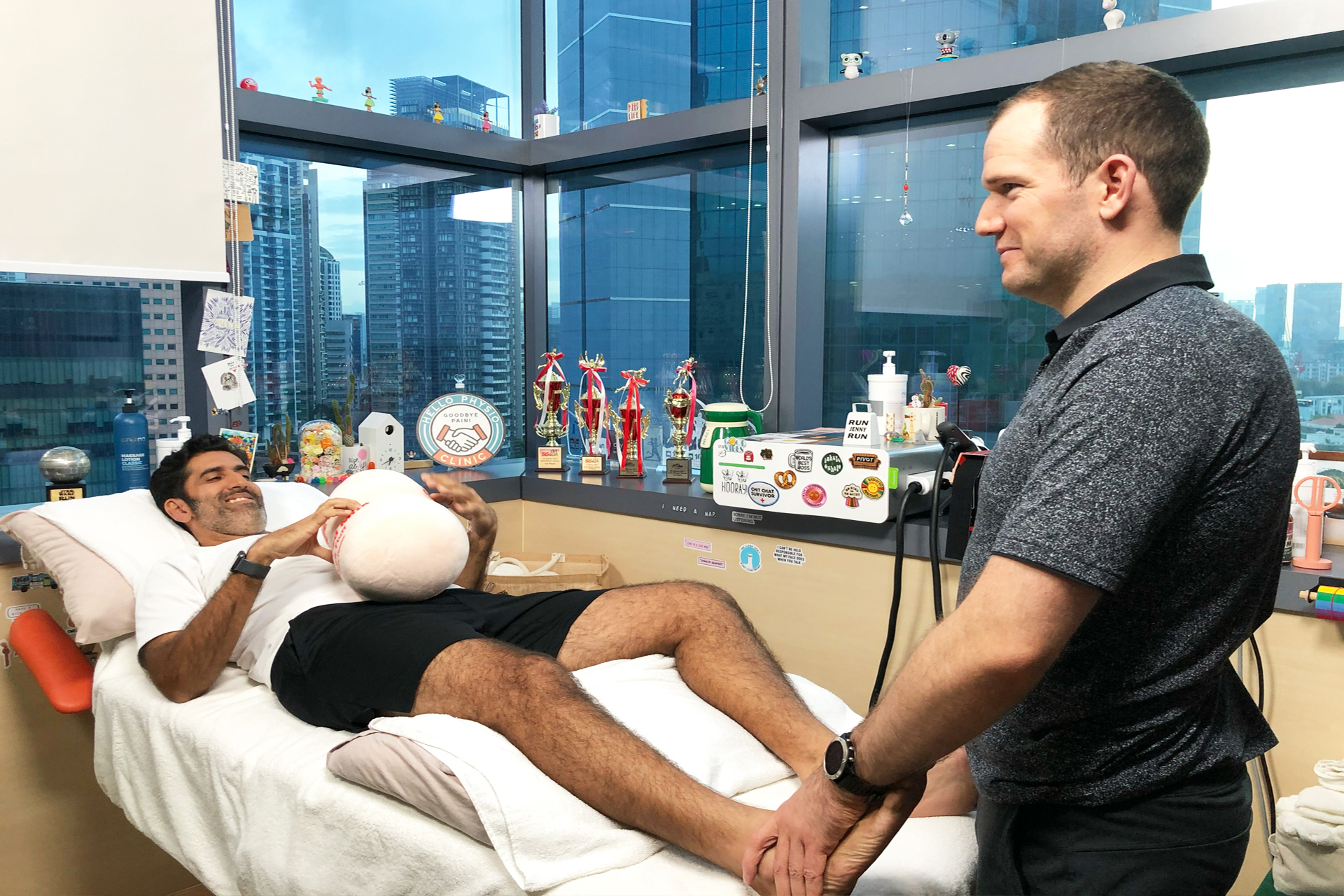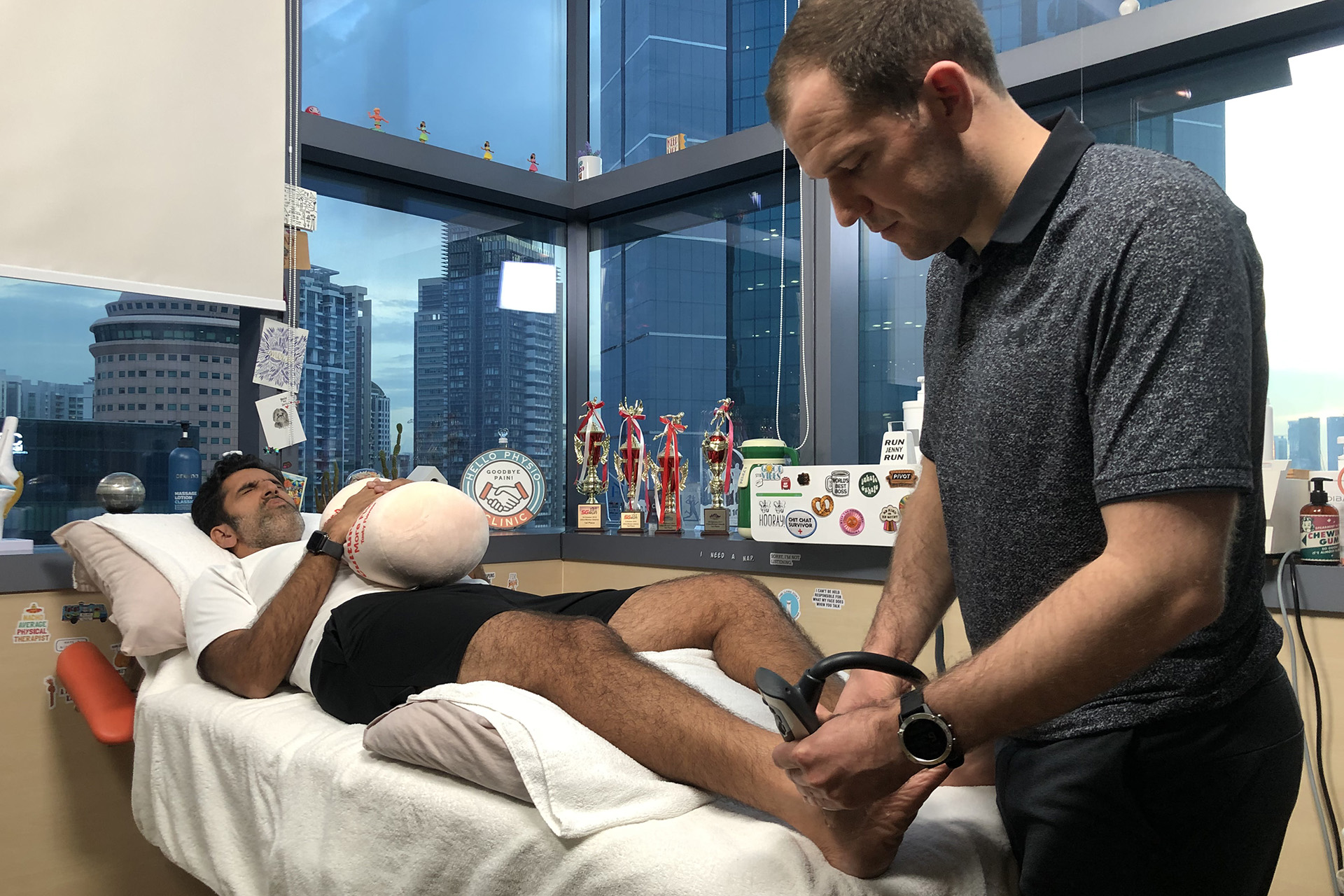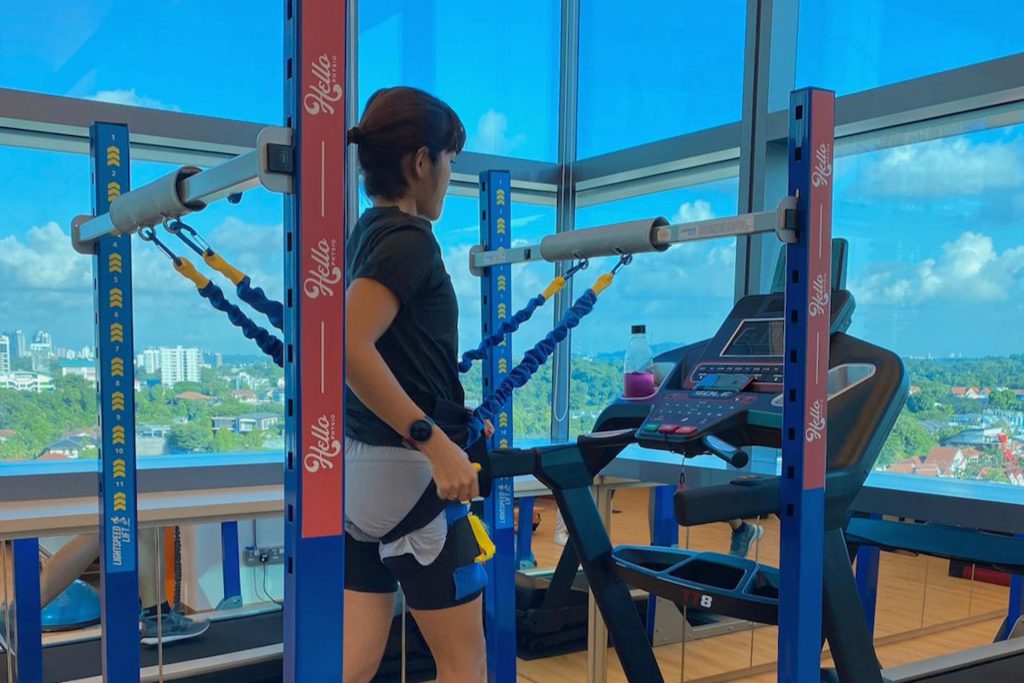|
Getting your Trinity Audio player ready...
|
For many, the first steps out of bed in the morning are accompanied by a sharp, stabbing pain in the heel. This all-too-familiar sensation is often the hallmark of plantar fasciitis, a condition that affects millions worldwide. The plantar fascia, a thick band of tissue connecting the heel bone to the toes, becomes inflamed, leading to persistent discomfort that can significantly impact daily life.
Traditionally, treatments for plantar fasciitis have ranged from rest and stretching exercises to orthotics and corticosteroid injections. While these approaches can provide relief for some, many patients find themselves caught in a cycle of recurring pain. Enter Shockwave Therapy, a cutting-edge treatment that’s changing the game for plantar fasciitis sufferers.
Shockwave Therapy Is More Than Just a Ripple Effect
Shockwave Therapy for plantar fasciitis, also known as Extracorporeal Shock Wave Therapy (ESWT), harnesses the power of acoustic waves to stimulate healing in the affected tissue. How exactly does this innovative treatment work its magic on stubborn heel pain?

At its core, ESWT for plantar fasciitis involves delivering high-energy sound waves to the area of pain. These waves create a cascade of biological effects that kick-start the body’s natural healing processes. It’s not just about masking pain. It’s about addressing the root cause of the problem.
How the Physiological Healing Works
When shockwaves penetrate the affected tissue, they trigger a series of responses at the cellular level. First, blood flow to the area increases. This enhanced circulation brings a surge of nutrients and oxygen, essential components of tissue repair and regeneration.
Simultaneously, the shockwaves stimulate the release of growth factors and stem cells. These biological powerhouses are crucial for healing and tissue regeneration. They work to repair damaged tissue, reduce inflammation, and promote the formation of new blood vessels – a process known as neovascularization.
The benefits continue beyond there. Shockwave Therapy for plantar fasciitis also has an analgesic effect. It interferes with transmitting pain signals to the brain, providing immediate relief for many patients. This pain reduction isn’t just a temporary fix. It allows for increased mobility, which in turn promotes further healing.
Breaking the Pain Cycle
One of the most significant advantages of ESWT for plantar fasciitis is its ability to break the chronic pain cycle. Chronic plantar fasciitis can lead to changes in gait and posture as patients attempt to avoid pain. These compensatory mechanisms can create new problems, exacerbating the original condition.

Shockwave Therapy helps reset this cycle. Reducing pain and promoting healing allows patients to resume normal movement patterns. This normalization of gait and posture is crucial for long-term recovery and prevention of recurrence.
The Advantages of a Non-Invasive Approach
Unlike surgical interventions, Shockwave Therapy is non-invasive. There’s no need for anesthesia, incisions, or lengthy recovery periods. Most patients can return to their normal activities immediately after treatment, making it an attractive option for those with busy lifestyles.
Moreover, the risk of complications associated with ESWT is minimal compared to more invasive procedures. This safety profile and its effectiveness have led to Shockwave Therapy becoming a preferred first-line treatment for many physiotherapists with patients dealing with persistent plantar fasciitis cases.
The Role of Physiotherapy in Shockwave Treatment
While Shockwave Therapy is a powerful tool in treating plantar fasciitis, it’s most effective when integrated into a comprehensive physiotherapy program. Skilled physiotherapists play a crucial role in maximizing the benefits of ESWT.
Before initiating Shockwave Therapy, a thorough assessment is conducted to ensure it’s the right approach for each patient. Physiotherapists consider factors such as the duration of symptoms, previous treatments, and overall health to tailor the treatment plan.
Physiotherapists may incorporate complementary treatments such as manual therapy, stretching exercises, and gait analysis during shockwave therapy. This holistic approach addresses the symptoms and any underlying biomechanical issues that may have contributed to the development of plantar fasciitis.
Post-treatment, physiotherapists guide patients through a rehabilitation program designed to build on the healing initiated by Shockwave Therapy. This may include progressive strengthening exercises, flexibility work, and advice on footwear and activity modification.

The Evidence Speaks To the Effectiveness of Shockwave Therapy
The growing popularity of Shockwave Therapy for plantar fasciitis isn’t just anecdotal. A wealth of clinical studies has demonstrated its effectiveness. Research has shown that ESWT can lead to significant pain reduction and improved function in patients with chronic plantar fasciitis, with effects lasting well beyond the treatment period.
One notable study published in the Journal of Orthopaedic Surgery and Research found that 92% of patients treated with Shockwave Therapy reported excellent or good results, with improvements maintained at the 5-year follow-up. Such long-term success rates are particularly impressive given the often-recurrent nature of plantar fasciitis.
Take A Step Towards Lasting Relief
For those grappling with the persistent pain of plantar fasciitis, Shockwave Therapy offers a beacon of hope. Its ability to stimulate the body’s natural healing processes, noninvasive nature, and strong safety profile make it an attractive option for many patients.
At HelloPhysio, we’ve seen firsthand the transformative effects of Shockwave Therapy on our patients with plantar fasciitis. Our experienced physiotherapists are dedicated to providing personalized care, combining cutting-edge treatments like ESWT with comprehensive rehabilitation programs.
If you’re tired of taking painful first steps each morning or find yourself sidelined from activities you love due to heel pain, consider Shockwave Therapy. Don’t let plantar fasciitis hold you back any longer. Contact HelloPhysio today to schedule a consultation and take the first step towards lasting relief. Your journey to pain-free movement starts with HelloPhysio!




